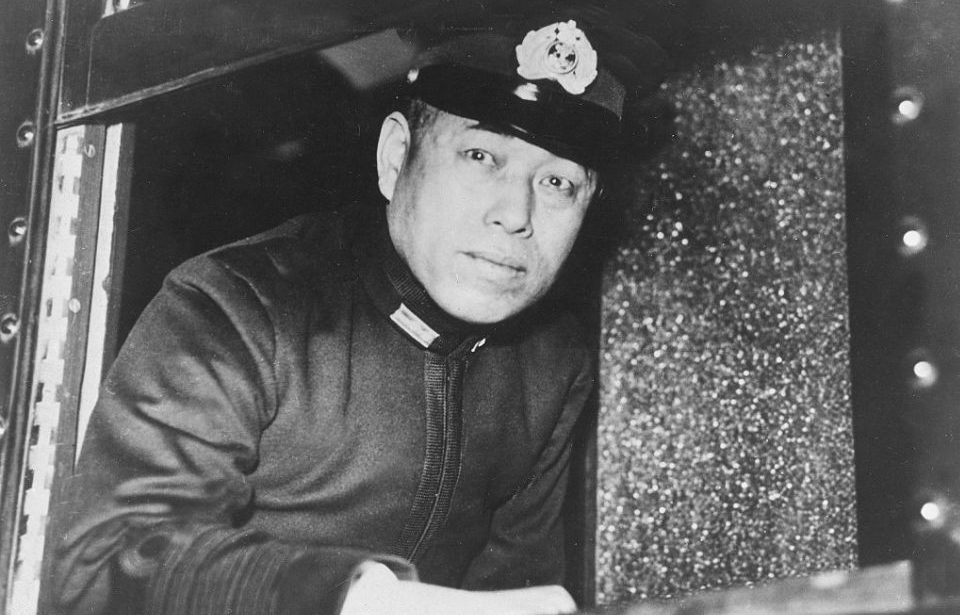Isoroku Yamamoto had plenty of relationships in the United States. The Imperial Japanese Navy officer spent considerable time there as a student and naval attaché in Washington, DC. Despite his experiences and respect for the US military, Yamamoto was the one who developed the plans for the devastating attack on Pearl Harbor in December 1941.
Isoroku Yamamoto’s upbringing and early career
The future admiral was born Isoroku Takano in 1884. His father, an intermediate-level samurai, was 56 years of age. In 1916, Takano was adopted into the Yamamoto family, a higher-ranking samurai clan. This was regular practice in Japan when a family did not have suitable male heirs to carry on their name. As such, he took the last name of his new family.
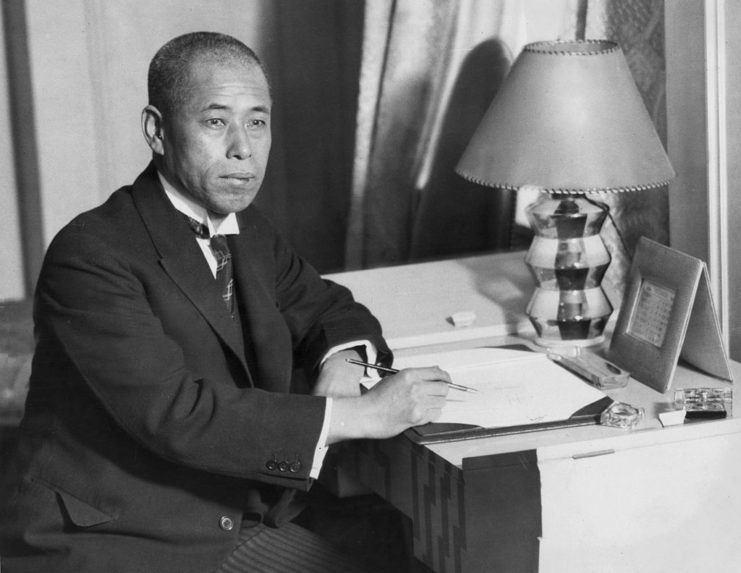
In 1904, Yamamoto graduated from the Imperial Japanese Naval Academy and served during the Russo-Japanese War. He was wounded during the Battle of Tsushima and lost the index and middle fingers on his left hand. He impressed his superiors and was able to quickly rise through the ranks; in 1916, he was promoted to the rank of lieutenant commander, and three years later became a commander.
Experience in the US, rivalry with the Japanese Army
Yamamoto spent a fair amount of time in the US during the 1920s and ’30s. He was a student at Harvard University from 1919-21. He also had two postings as a naval attaché in America, where he learned to speak fluent English. Yamamoto created controversy in 1937 when he apologized to the US for Japan’s 1937 bombing of the gunboat USS Panay.
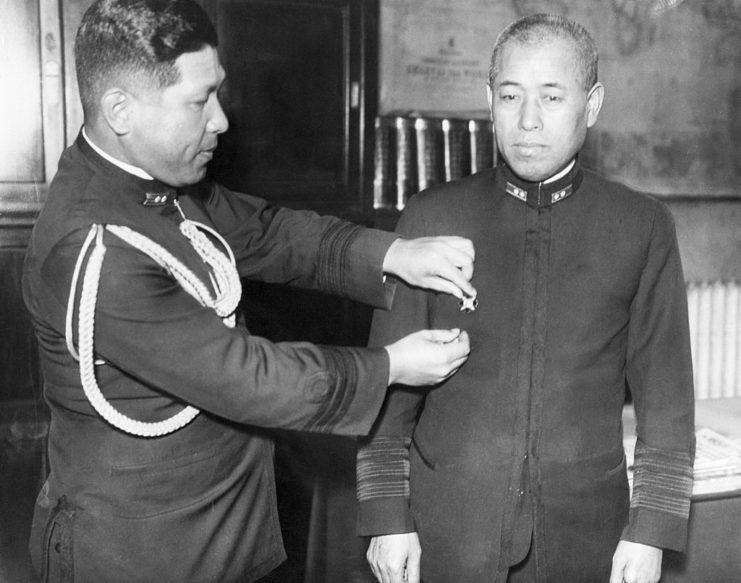
The Imperial Japanese Army was significantly more aggressive and pro-war than its Navy, and was angered by Yamamoto’s opposition to a pact with Germany and Italy. Following his apology to the US, he received death threats, to which he said:
“To die for Emperor and Nation is the highest hope of a military man. After a brave hard fight the blossoms are scattered on the fighting field. But if a person wants to take a life instead, still the fighting man will go to eternity for Emperor and country. One man’s life or death is a matter of no importance. All that matters is the Empire.”
Attack on Pearl Harbor
Yamamoto continued to rise up the ranks of the Japanese military, becoming an Admiral in November 1940. Despite his tension with members of the Army, he was wildly popular with his sailors and had the backing of the Imperial family.
Yamamoto was against going to war with the US, believing Japan could not win a battle that lasted more than a year. It was that line of thinking that led him to develop his plan to bomb Pearl Harbor.
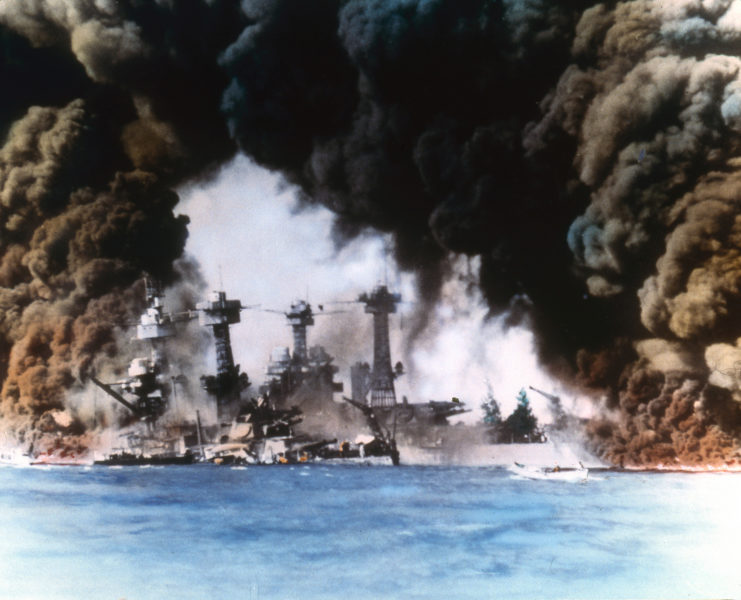
Yamamoto believed the only way to defeat the US was to take out its Navy and fight a lightning-fast war. The attack on Pearl Harbor was a success for Japan, as waves of Japanese bombers destroyed four American battleships and 188 aircraft. Despite the success of the operation, the bombing enraged the American public and inspired the US to become involved in a war they’d originally hoped to avoid.
Battle of Midway and Yamamoto’s death
While the Japanese continued to have success in the months following Pearl Harbor, Yamamoto argued the Navy needed to keep attacking the US Fleet. During the Battle of Midway in June 1942, Japan wanted to remain on the offensive. Prior to the operation, however, the US forces were able to break the Japanese Naval Code. As a result, Admiral Chester Nimitz was able to prepare for the attack, leading to a US victory and a turn in the war.
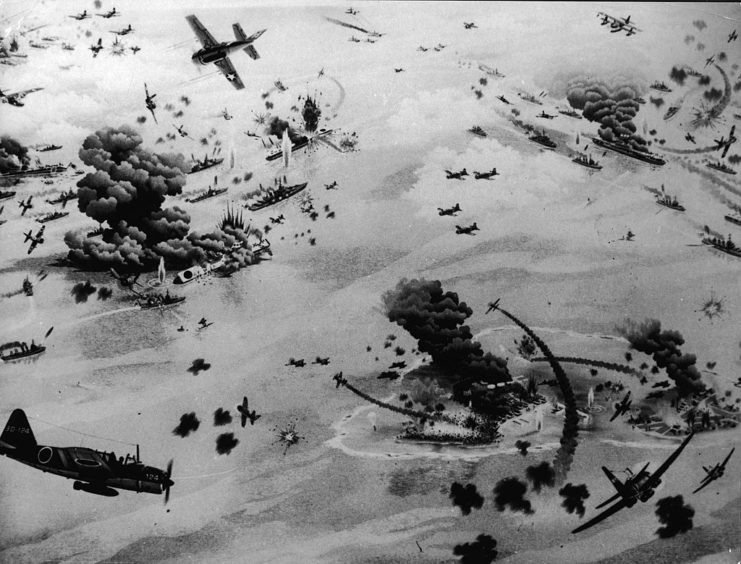
Following defeats at Guadalcanal and Midway, Yamamoto went on a tour to build morale among his forces. US intelligence was able to decrypt information about his schedule, and on April 18, 1943, the plane carrying the Japanese Admiral was shot down by American pilots. Yamamoto posthumously received the title of Marshal Admiral and was awarded the Order of the Chrysanthemum from Japan. He was also awarded Germany’s Knight’s Cross of the Iron Cross.
Yamamoto’s legacy
Yamamoto has been featured in a number of films about Pearl Harbor and World War II. Moviegoers may remember him for the Tora! Tora! Tora! (1970) line that he may or may not have uttered: “I fear that all we have done is to awaken a sleeping giant and fill him with a terrible resolve.” The line was also referenced in 2001’s Pearl Harbor.
Historians, however, are not sure he ever actually made this observation.
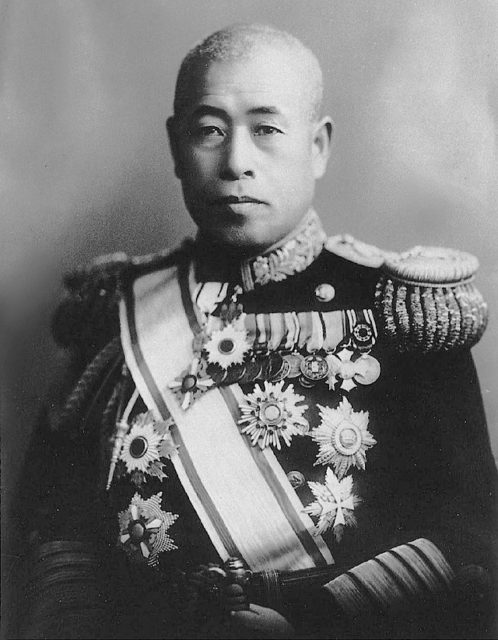
Yamamoto was also portrayed by legendary actor, Toshiro Mifune, in three separate films: Rengo Kantai Ichokan Yamamoto Isoroku (1968), Gekido no showashi ‘Gunbatsu’ (1970) and Midway (1976).
